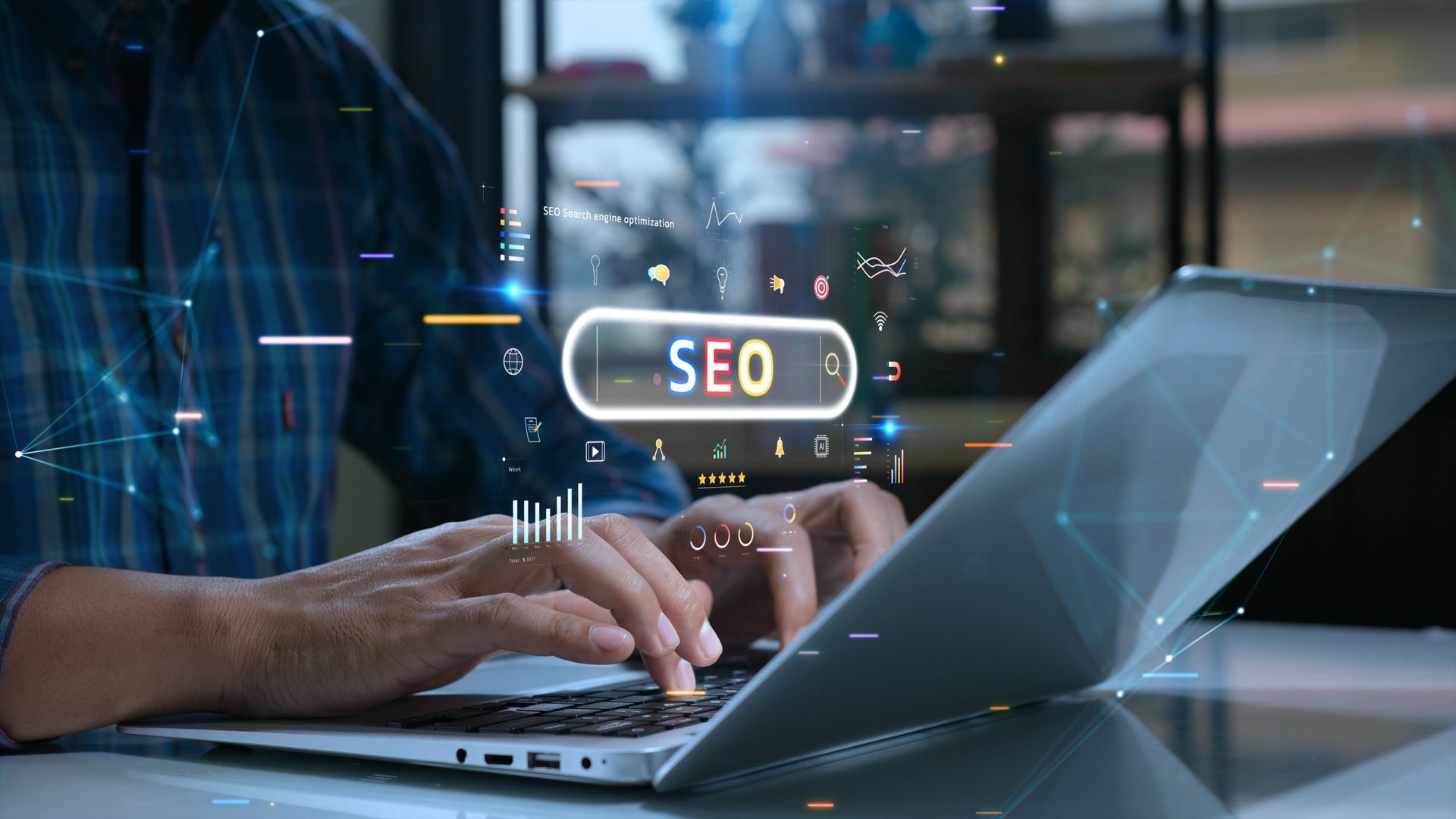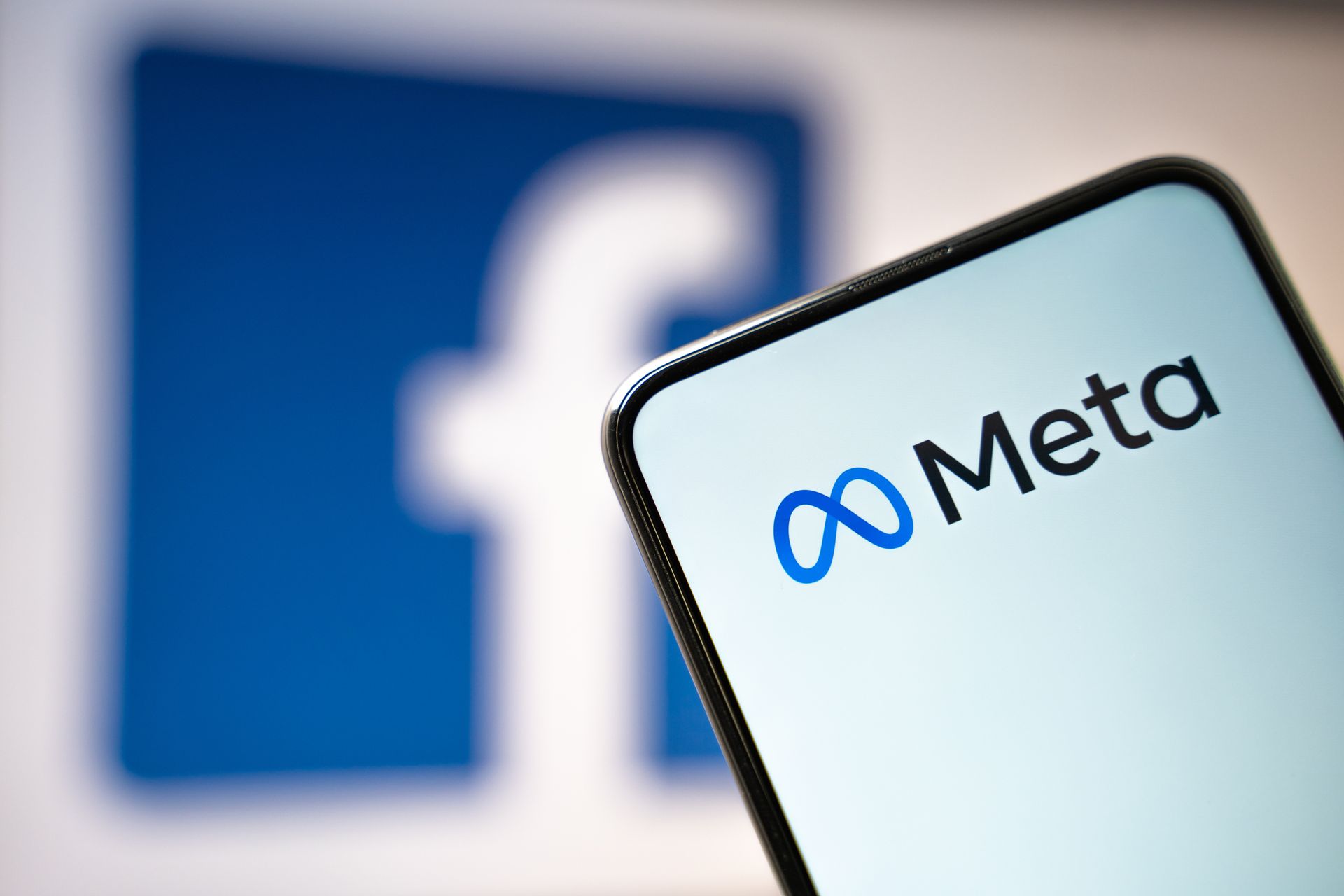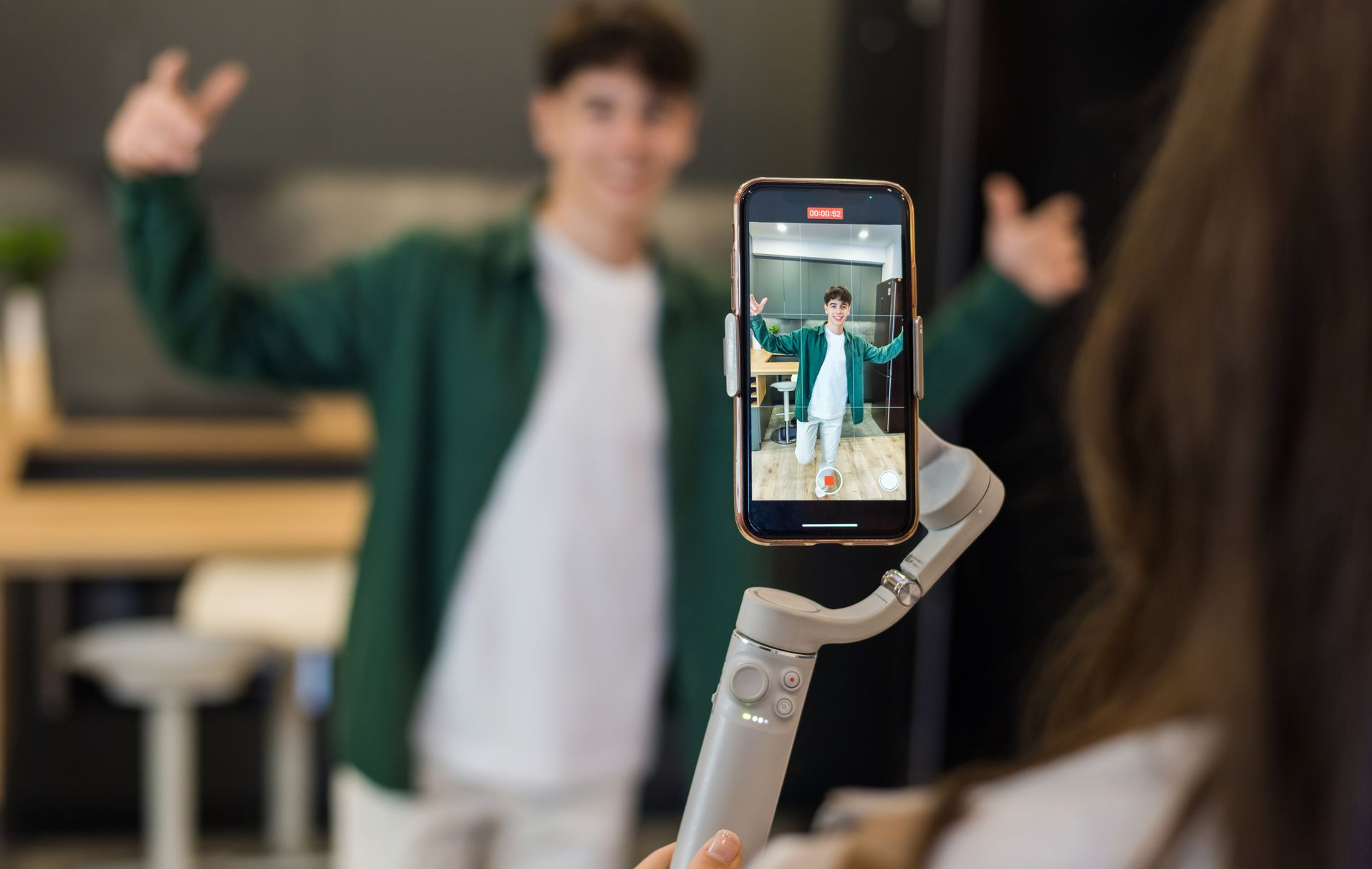Leveraging the Power of AI in Marketing: Level Up or Be Left Behind
In the blink of AI, artificial intelligence has swooped in to transform the digital world as we know it. It enhances efficiency and productivity and changes how we interact with technology and each other. Significant advancements in AI will continue to reshape various aspects of our lives in profound ways. As a digital marketer, embracing and incorporating AI into your marketing strategy is essential for staying ahead of the curve. Resisting the implementation of AI into your approach will likely lead to becoming as obsolete as a RIM Blackberry.
How Can Your Marketing Efforts Benefit from AI?
AI-powered tools are capable of analyzing vast volumes of data in real-time, enabling you to make well-informed, data-driven decisions and fine-tune your marketing strategies for maximum effectiveness. Some ways you can leverage AI in your marketing strategy include:
- Monitor campaign performance through real-time analytics, allowing you to pivot strategy to optimize performance. Use predictive analytics to anticipate changes in customer needs or trends.
- Analyze content performance to determine what resonates with your audience best. Segment audiences more precisely to create relevant campaigns that improve engagement and conversion rates.
- Automate routine tasks such as data analysis or workflows, so your team can reallocate their time to focus on strategy and creativity.
- Streamline your content creation using AI to assist in researching relevant information. Use Large Language Models like ChatGPT to help structure and organize your content to make it clear, engaging, and easy to understand.
- Improve SEO by identifying relevant keywords, analyzing backlinks for new link-building opportunities, or performing site audits to identify duplicate content, broken links, or other errors.
Using AI to Achieve Your Marketing Goals
Leveraging AI in your marketing efforts can transform how businesses connect with their audiences, but it's crucial to use this technology wisely. Identify specific marketing goals and choose tools that best align with achieving these goals to ensure a focused application. Be transparent in your use of assistive technology when communicating with clients. Explain how you use the technology and how it benefits your marketing efforts and allows you to achieve client goals more effectively. Develop a company statement outlining your approach to AI in marketing and display it on your website or social media.
Maintaining a balance between automation and the human touch is the best way to implement AI. Use it as a tool to enhance your overall marketing efforts, ensuring that a human element remains at the heart of your strategy. While AI can provide time-saving benefits by streamlining processes, analyzing data at scale, and optimizing performance, it is the human touch that adds creativity, empathy, and authenticity to your marketing campaigns. As marketers, we are the strategic storytellers behind AI-powered marketing campaigns, overseeing, managing, and translating data and insights into clear, compelling marketing deliverables.
“Treat AI technology like you would an intern at your company. Allow it to help by taking on routine tasks, researching information, and providing valuable insights, but guide it with clear expectations, as it might not always grasp the nuances of your marketing goals.” – Jared Broussard, CEO BlinkJar Media
The future of marketing is undeniably AI-powered. It stands as a transformative force, reshaping our approach to enhance efficiency, make data-driven decisions, and create more personalized and effective campaigns. Remember, AI is here to augment your marketing efforts, not replace the human touch. With creativity and human empathy at the helm, AI can fuel your marketing initiatives to new heights and ensure long-term success.









